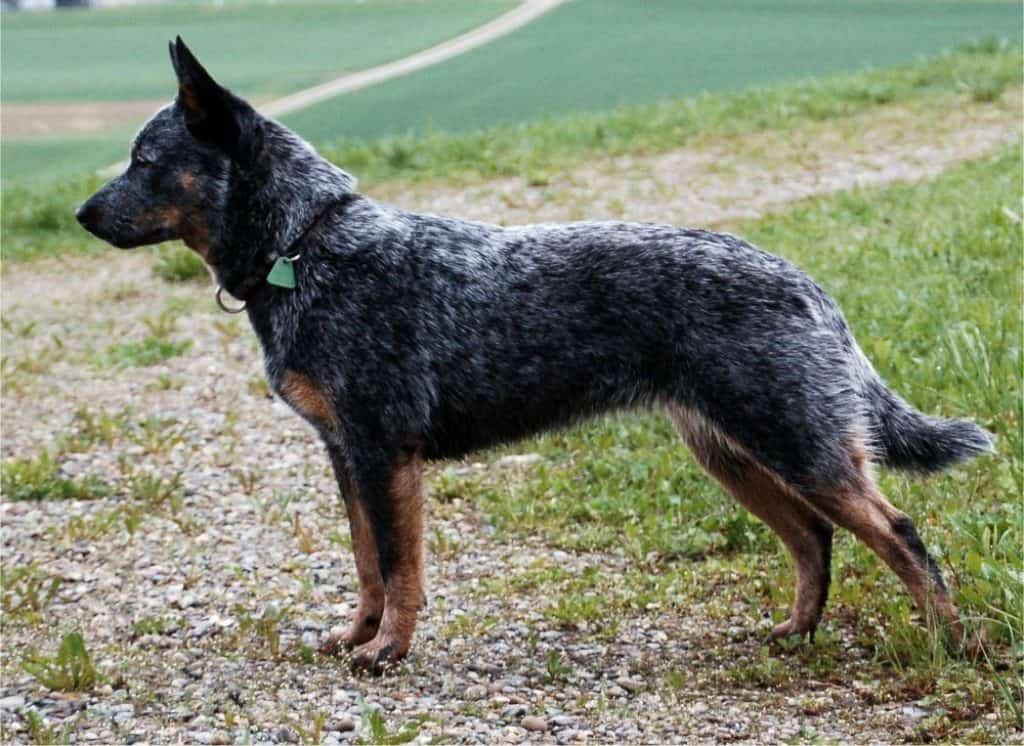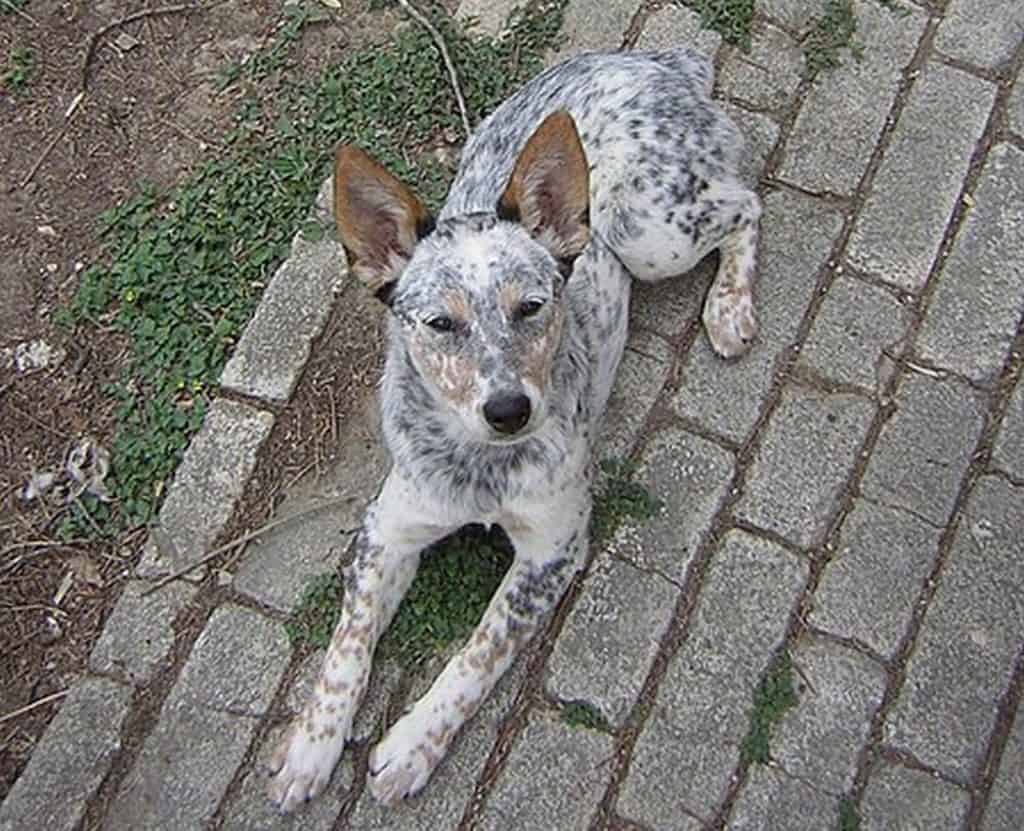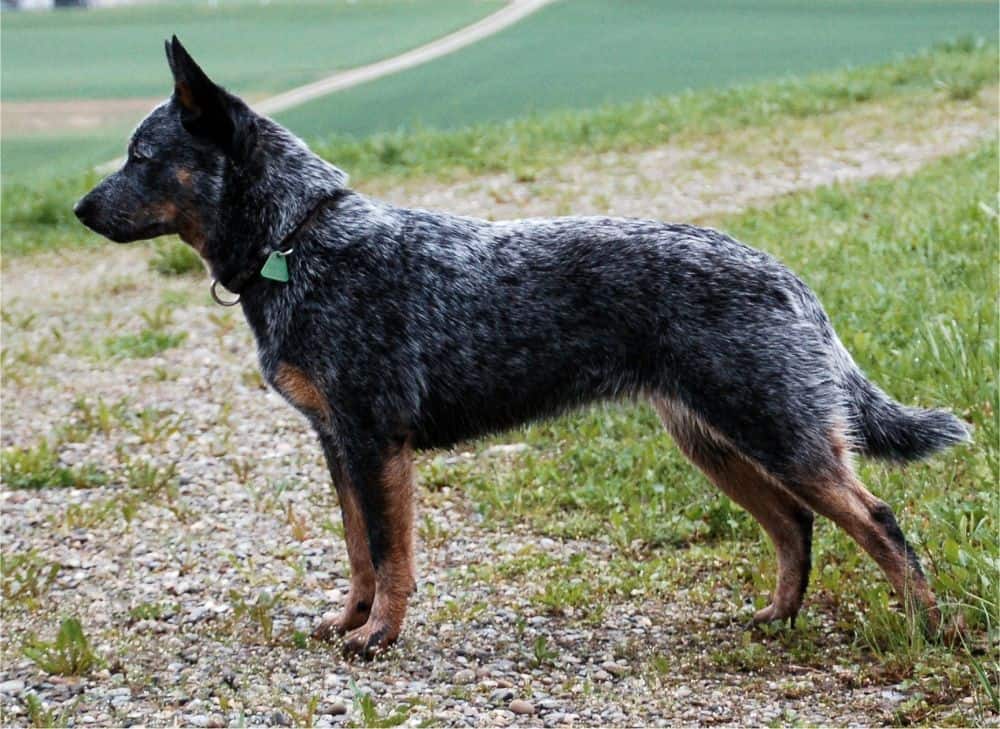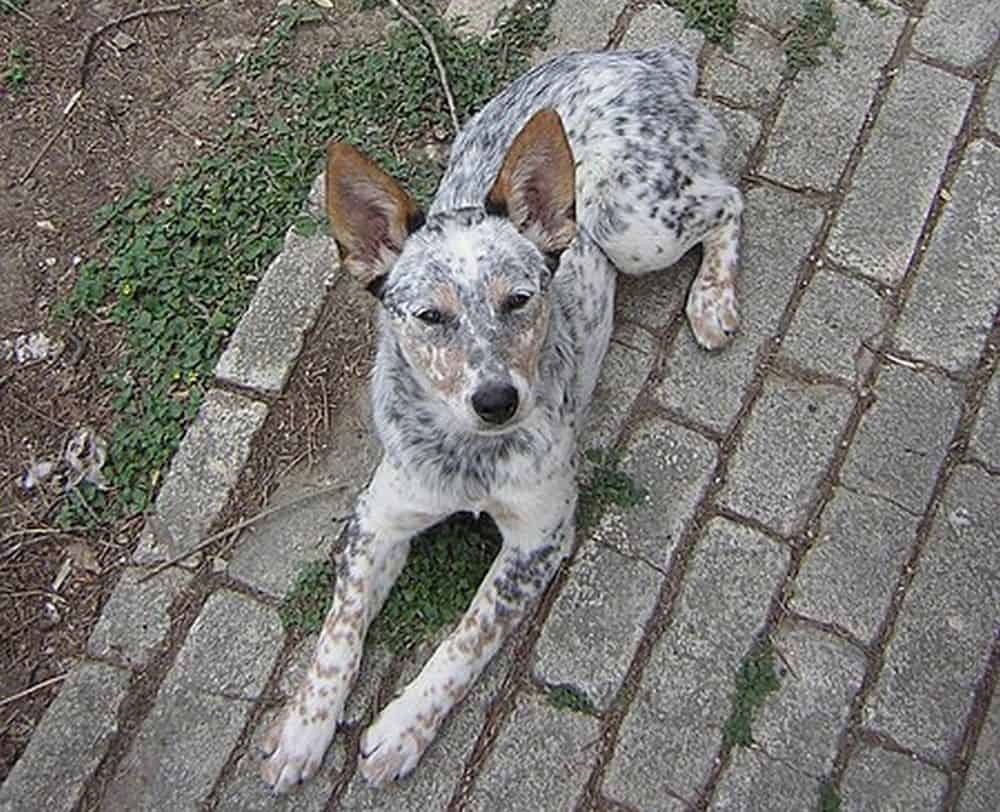When choosing a dog, the first thing on your mind should be whether its characteristics fit your needs and lifestyle.
Most people go for purebreds, whose traits are solidified often through many generations.
However, potential owners can also opt for one of the mixed breeds. These are the dogs that combine the features of two different breed types.
In recent years, crossbreeding has become increasingly popular, often bringing to life fantastic new breeds.
One of those crossbreeding success stories is certainly the Texas Heeler.
They’re made up of two of the best herders in the world, Blue Heeler and Australian Shepherd Dog.
Of course, this poses a question should you go for a mixed breed or a purebred.
The make things easier on potential owners,
I’ll compare Bleu Heeler vs Texas Heeler and dig deep into some subtle and some not-so-subtle differences between the two.
| Attributes | Blue Heeler | Texas Heeler |
| Good For First Time Owners | No | No |
| Good Guard Dog | Yes | Yes |
| Apartment Friendly | No | No |
| Good Family Dog | Yes | Yes |
| Shedding | Moderate | Moderate |
| Barking And Howling | Moderate | Low |
| Height | 17-20 inches (43-51 cm) | 17-22 inches (45-60 cm) |
| Average Life Expectancy | 12-14 Years | 12-15 Years |
[wpsm_toplist]
Blue Heeler – Dog Breed Information

Also known as Australian Cattle Dogs, Blue Heelers originate from the land down under.
Descendants of the Dingos, Blue Heelers were developed in the 19th century by the early settlers.
Their purpose was to herd the livestock over the rough and unforgiving terrain of the Australian outback.
Their strength, agility, sturdy build, and natural resilience certainly helped them perform their tasks successfully.
Appearance
Blue Heelers are medium-size, a bit more long than tall. They have a bit rounded, strong head, pointy ears, curved hanging tail, and strong and muscular legs.
Males can grow up to 17-20 inches (43-51 cm) and weigh up to 62 pounds (28 kg).
Adult females reach 18 inches (45.5 cm) height and up to 45 lbs. (20 kg) weight.
Blue Heelers have a double coat with a short and dense undercoat to keep them warm. The outer coat features flat-lying, straight, and hard hair which provides pretty good protection from the rain.
The coat has no odor or oily residue, so an occasional bath will do. They shed moderately with two heavy shedding periods during the year.
They require no more than a weekly brushing.
Temperament
As they were bred to perform demanding herding jobs, Blue Heelers are very alert, smart, and courageous.
Since they spent days moving the cattle on their own they’ve developed an independent streak and can be a bit stubborn sometimes.
However, they’re extremely loyal and attached to their owners.
They see their humans as their herd and would do anything to protect them. This can sometimes lead to excessive nipping.
However, if socialized and trained properly and on time, they can make wonderful and loving family pets.
They’re also extremely active and hard working.
This makes them great running or hiking companions but requires an excessive amount of time and engagement.
They get bored easily and are happiest when given a job to do.
Texas Heeler – Dog Breed Information

Texas Heeler is a hybrid breed first developed in, as its name says, Texas.
They were first developed in the mid-20th century as a mix of Blue Heeler and Australian Shepherd Dog for herding cattle in the Lone Star State.
Appearance
Like its parent breeds, Texas Heeler is a compact and sturdy medium-sized dog. They vary in color but most of them have white or tan patches.
Their appearance is as diverse as it gets and while they often look a lot like an Australian Shepherd Dog, some have inherited more characteristics of a Blue Heeler.
Fully grown dogs can be 17-22 inches (45-60 cm) high and weigh 25-50 pounds (11-23 kg).
The body of a Texas Heeler features soft and plush fur. The length varies from short to medium.
Dogs with longer fur require a bit more grooming and brushing but are still not too difficult to maintain.
They can be sensitive to touch, so you should get them used to regular grooming from a young age.
Temperament
Some traits of the Texas Heeler are hard to predict as you never know which genes will prevail.
However, as a rule, they’re intelligent, tenacious, and very lively dogs.
They inherit their parents’ strong desire to work and abundance of energy.
As herding dogs, they can sometimes be too wary of strangers but are very protective of family.
Just like their parents, they can be a handful and a bit aggressive sometimes but early socialization will solve these issues.
Texas Heelers love to spend time with kids but rarely get along with other dogs or pets.
As a dog who loves to work, Texas Heeler is fairly easy to train. They react much better to positive reinforcements and rewards than punishment.
These dogs enjoy being mentally challenged and can easily learn tricks.
If you plan to keep him as a family pet, early training is necessary to suppress natural herding and wandering instincts.
Blue Heeler vs Texas Heeler – What Are The Differences?
| Blue Heeler | Texas Heeler |
 |  |
| Australian Cattle Dog by Eva Holderegger Walser (CC BY-SA 2.5) | Texas Heeler Puppy by Arbor Place Gang (CC BY-SA 3.0) |
When comparing Blue Heeler vs Texas Heeler, there are, naturally, going to be a lot of similarities. They’re even often confused for one another.
But, if we take a closer look, there are some notable differences.
The most obvious is the appearance. Texas Heeler is a bit taller and has a leaner build.
On the other hand, Blue Heeler is heavier and appears more muscular and sturdy.
Also, Texans come in a variety of color patterns, while their Australian parents are mostly bluish with or without other markings.
They also differ in energy levels. Blue Heelers are insanely active and rarely seen standing still.
Texas Heelers, while rather energetic, still require way less exercise and are nowhere near that dynamic.
Besides, Texas Heelers develop a closer bond with their owners and express their affection more often.
Blue Heelers are also very devoted, but also enjoy independence and spending some time on their own.
Healthwise, it’s common that crossbreeds have more issues than purebreds. If we compare the health of Blue Heeler vs Texas Heeler, we’ll see that that’s not far from the truth.
Blue Heelers are known as one of the healthiest breeds with rare issues.
Their Texan relative, however, usually inherits some problems typical of Australian Shepherd Dogs, namely epilepsy and progressive retinal atrophy.
Conclusion
There have been a lot of debates lately about whether it’s better to wind a mixed or purebred dog.
Concerns were raised about the health issues of crossbred dogs.
However, recent studies show that both of them are equally susceptible to genetic disorders. So, as always, it mostly comes down to personal preference.
Choosing either one of these breeds will get you a loyal, hard-working, and loving dog. Due to their lower activity level,
Texas Heelers are perhaps more suitable for smaller living spaces and owners with less time on their hands.
On the other hand, Blue Heels are perfect for those who lead an active lifestyle and are prepared to be fully engaged with their dog.






